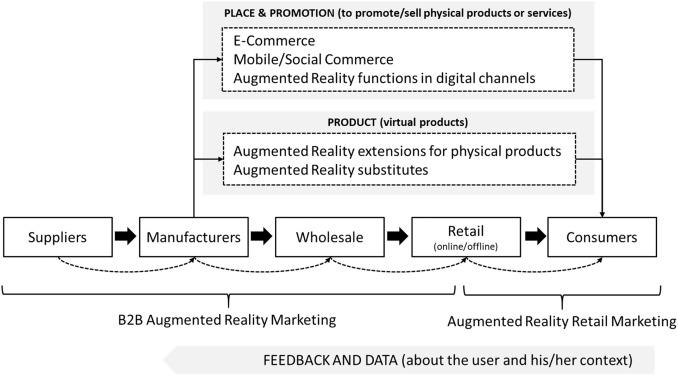Online Learning Experiences: Student Perspectives on Benefits,Challenges,and Insights
In today’s digital age, online learning experiences are reshaping the way students engage with education. As virtual classrooms become mainstream, understanding the unique insights, benefits, and challenges from a student’s outlook is more notable than ever. This comprehensive guide delves deeply into the world of online learning, featuring real student stories, practical strategies, and up-to-date research on digital education.
Introduction: The Rise of Online Learning
The landscape of education has rapidly evolved in recent years, especially with the growth of robust online learning platforms.From universities to K-12 classrooms, digital education offers new opportunities for students worldwide. But what do students themselves think about these experiences? What are the core benefits of online learning, the moast significant challenges, and the actionable insights for improvement?
Key Benefits: What Students Love About Online Learning
Students have reported numerous advantages of online learning that have transformed their educational journey. Hear’s what makes online education stand out from conventional classroom settings:
- Flexible scheduling: Students can attend lectures and complete assignments on their own time, making it easier to balance academics, work, and personal commitments.
- Access to a Wide Range of Resources: Online platforms provide immediate access to e-books, recorded lectures, interactive forums, and supplementary materials, enriching the learning experience.
- Inclusive Learning Environment: Virtual classrooms can cater to diverse learning styles and needs, including accessibility features for students with disabilities.
- Global Networking Opportunities: Digital platforms allow students to connect with peers and instructors from across the globe, fostering cultural exchange and collaborative projects.
- Self-Paced Learning: Online courses frequently enable learners to progress through materials at their own pace, accommodating different learning speeds and preferences.
According to a 2023 survey by Education Data, over 64% of college students reported increased satisfaction with the flexibility and autonomy provided by online education.
Common Challenges: What Students struggle With in online Education
While remote learning offers remarkable advantages, it also comes with a unique set of challenges. Understanding these hurdles can help educators and learners optimize their online learning experiences.
- Lack of Face-to-Face Interaction: Many students miss the personal connection fostered in traditional classrooms, which can affect dialog and motivation.
- Distractions at Home: Studying in a non-academic environment ofen leads to interruptions and diminished focus.
- Technical Issues: unstable internet connections or outdated devices can hinder access to online content and lead to frustration.
- Time Management difficulties: The autonomy of online coursework sometimes results in poor association or procrastination among students.
- feeling of Isolation: Without regular in-person interaction, some students may experience loneliness or reduced sense of community.
For example, a report from Inside Higher Ed highlights that 53% of students found maintaining motivation and focus one of the biggest online learning challenges.
Practical Insights: Tips for Enhancing online Learning experiences
Drawing from student feedback, educators and learners can use the following practical strategies to maximize the value of digital education:
For Students:
- Establish a Dedicated Study Space: Create an environment exclusively for learning to minimize distractions and build focus.
- Follow a Consistent Routine: treat online courses with the same discipline as traditional classes by setting fixed study hours and deadlines.
- Engage Actively: Participate in virtual discussions, group projects, and communicate regularly with instructors to foster a sense of community.
- Leverage Digital Tools: Use productivity apps, calendar reminders, and note-taking platforms to stay organized and track assignments.
- Seek Help When Needed: Don’t hesitate to reach out to professors or tutors if you encounter challenges—online institutions frequently enough offer virtual office hours and peer mentoring.
For Educators:
- offer Interactive Content: Incorporate quizzes, videos, and live sessions to keep students engaged.
- Provide Timely Feedback: Frequent and constructive responses can boost student motivation and learning outcomes.
- Encourage Collaboration: Foster group assignments and community-driven forums to reduce isolation.
- Be Flexible: Recognize the diverse circumstances of online learners and accommodate their needs where possible.
Case Studies: First-Hand Student Experiences with Online Learning
Case Study 1: Balancing Work and Study
Maria, Buisness Administration Major: “Online courses gave me the flexibility to work part-time while pursuing my degree. The ability to replay lectures and access course materials at any time truly empowered my learning.”
Case Study 2: Coping with Isolation
James, Computer Science Student: “What I found hardest about online learning was feeling isolated. I missed in-person interactions, but joining virtual study groups and participating in online forums helped me stay connected.”
Case Study 3: Leveraging Accessibility Features
Sara, Student with Dyslexia: “Online education’s accessibility features—like adjustable font sizes and screen readers—made learning much more manageable for me compared to traditional classrooms.”
Student Insights: What Makes a Great Online Learning Experience?
Students consistently cite the following ingredients as critical to a positive online learning experience:
- Clear Communication: Transparent instructions and open channels with instructors reduce confusion and ensure support.
- Structured Course Design: Well-organized modules, predictable schedules, and intuitive navigation help students stay on track.
- Peer Interaction: opportunities for real-time collaboration, discussion, and group work foster a stronger sense of community.
- Engaging Multimedia Content: Use of videos, podcasts, quizzes, and gamification keeps lessons interesting and memorable.
- Responsive Technical Support: Speedy assistance with technical issues ensures uninterrupted access to learning materials.
Conclusion: The Future of Online Learning
The shift to online learning experiences has unlocked unparalleled flexibility and access to resources, transforming how students learn and connect. However,to fully realize the potential of digital education,it is crucial to address persistent challenges—especially those related to motivation,social engagement,and accessibility.
By understanding and responding directly to student perspectives, educators and institutions can design online courses that are not only effective, but also engaging and inclusive. As technology continues to evolve, the voice of the student will remain central to shaping the future of learning in a digital world.
ready to enhance your online learning journey? Embrace the benefits, rise above the challenges, and turn insights into action for a brighter educational future!

